AMMAN — Minister of Tourism and Antiquities
Nayef Al-Fayez on Tuesday unveiled the discovery by a joint Jordanian-French
archeological team of a 9,000-year-old religious site in the southeastern Badia
region.
اضافة اعلان
The site is unique, according to the minister; it is the
oldest known site of its kind in the world, dating back to 7,000 BC.
It belonged to a previously unknown Neolithic
hunter-gatherer culture that the team called Ghassan's (named after Talat Abu
Ghassan, a desert location in its proximity), who hunted by using stone traps. The
team found the oldest known depictions of stone traps at the site, consisting
of stone walls that would be erected to herd the prey into enclosures.
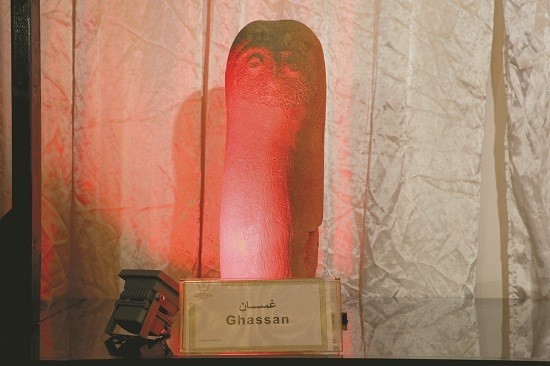 (Photo: Ameer Khalefih/Jordan News)
(Photo: Ameer Khalefih/Jordan News)
The site is one of the oldest known permanent hunting camps.
It contains two life-size human figures that the archeologists named Abu
Ghassan and Ghassan.
Excavations at the site yielded several artifacts, including
marine fossils, animal toys, “exceptional” flint tools, and "stoves"
believed to be used in the practice of religious rituals, archaeologists said.
The project is a collaborative effort of the
Ministry of Tourism, the Department of Antiquities, Al-Hussein Bin Talal University, the
French embassy, and the French Institute of Archeology.
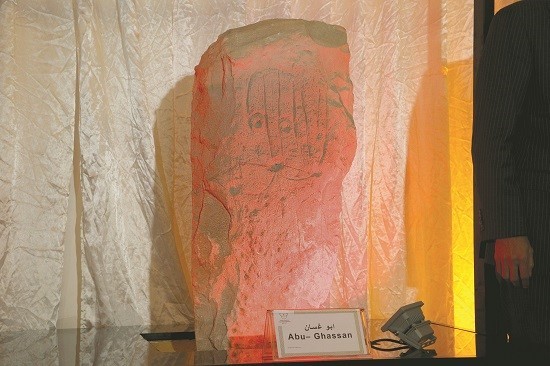 (Photo: Ameer Khalefih/Jordan News)
(Photo: Ameer Khalefih/Jordan News)
“Jordan is the cradle of civilizations. It continues to
amaze us with what comes out of its womb and its pure soil (in the form of) new
archaeological discoveries,” Fayez said, adding that sites like this “reflect
our identity, historical knowledge, and cultural values”.
Jordan’s archeological sites have “great social, cultural,
and economic value” at national and international levels, said the minister.
“Archaeological sites are an integral part of history,
civilization, and identity,” he said, highlighting Ain Ghazal, a Neolithic site
in Amman, which is considered one of the most important archeological sites in
the world.
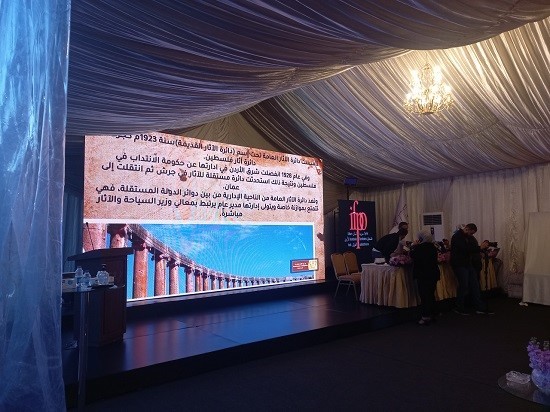 (Photo: Ameer Khalefih/Jordan News)
(Photo: Ameer Khalefih/Jordan News)
"The tourism sector is a cornerstone of the Kingdom's
economy, and the Ministry of Tourism and Antiquities strives to develop,
rehabilitate, sustain, and promote tourism and archaeological sites," the
minister said.
Director-General of the Department of Antiquities Fadi Balawi
said that Jordan is an open-air museum that contains more than 15,000
archaeological sites, each "representing a small part of a broader picture
of our history".
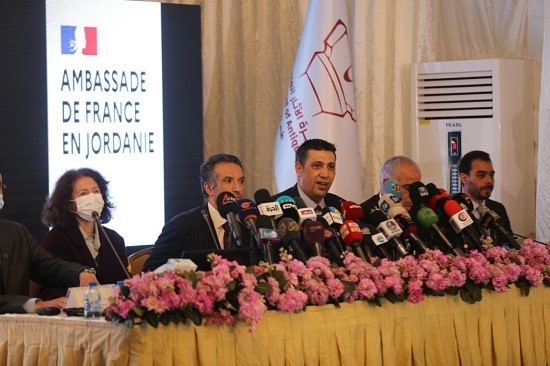 (Photo: Ameer Khalefih/Jordan News)
(Photo: Ameer Khalefih/Jordan News)
Since “archaeological sites are non-renewable resources”, it
is the duty of the department to “preserve, study, present, and share
antiquities in Jordan with the world", Balawi said.
French Ambassador to Jordan
Veronique Vouland-Aneini highlighted
the fruitful cooperation between Jordan and France in shedding light on Jordan’s
archaeological sites, reminding that many French research teams have been
working on several sites in the Kingdom, sites that go back to prehistoric
times to the Mamluk era.
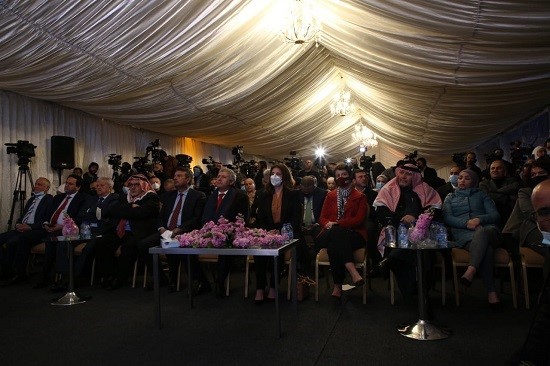 (Photo: Ameer Khalefih/Jordan News)
Al-Hussein Bin Talal University
(Photo: Ameer Khalefih/Jordan News)
Al-Hussein Bin Talal University President Atef Al-Kharabsheh
said that the unprecedented discoveries archaeologists unveil came about as a
result of years of field research. He stressed that the university will
continue to support all field projects that contribute to uncovering Jordan's
cultural and historical heritage to the world.
Read more National news



